Refine search
Actions for selected content:
146 results in Trends in Southeast Asia

Bipolarity and the Future of the Security Order in East Asia
-
- Published by:
- ISEAS–Yusof Ishak Institute
- Published online:
- 09 March 2019
- Print publication:
- 22 July 2016

Johor Remains the Bastion of Kaum Tua
-
- Published by:
- ISEAS–Yusof Ishak Institute
- Published online:
- 09 March 2019
- Print publication:
- 17 January 2017
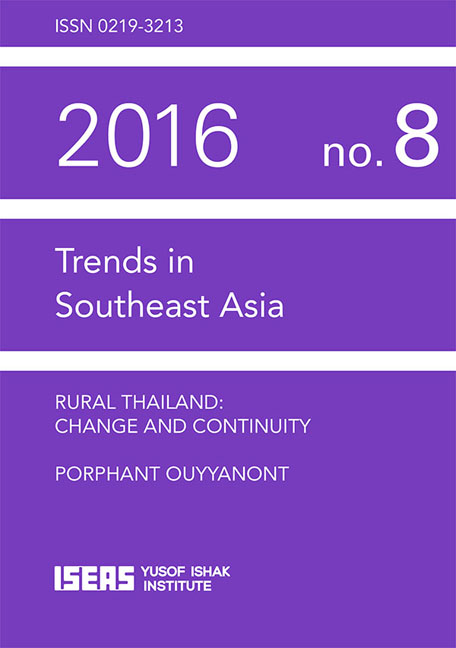
Rural Thailand
- Change and Continuity
-
- Published by:
- ISEAS–Yusof Ishak Institute
- Published online:
- 09 March 2019
- Print publication:
- 07 July 2016
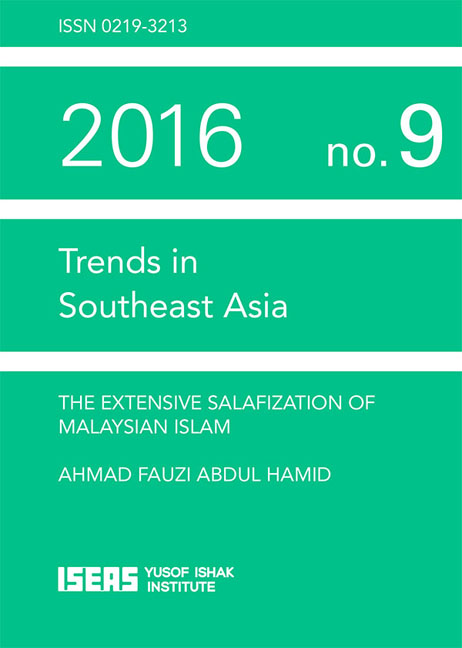
The Extensive Salafization of Malaysian Islam
-
- Published by:
- ISEAS–Yusof Ishak Institute
- Published online:
- 09 March 2019
- Print publication:
- 13 July 2016

China's One Belt One Road
- An Overview of the Debate
-
- Published by:
- ISEAS–Yusof Ishak Institute
- Published online:
- 09 March 2019
- Print publication:
- 01 June 2016
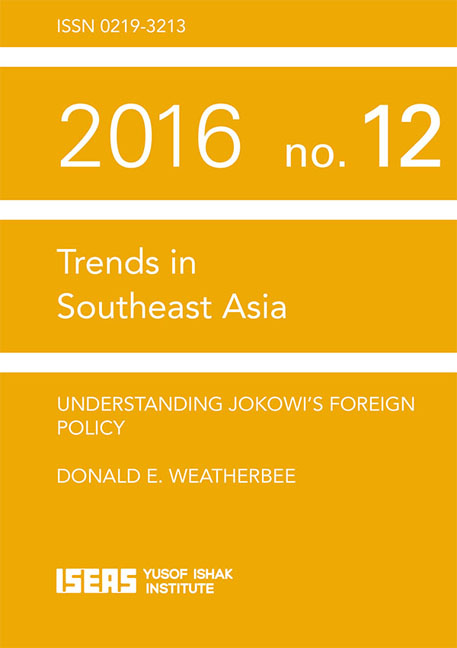
Understanding Jokowi's Foreign Policy
-
- Published by:
- ISEAS–Yusof Ishak Institute
- Published online:
- 09 March 2019
- Print publication:
- 10 August 2016

The Emergence of Pork-Barrel Politics in Parliamentary Myanmar
-
- Published by:
- ISEAS–Yusof Ishak Institute
- Published online:
- 09 March 2019
- Print publication:
- 30 May 2017
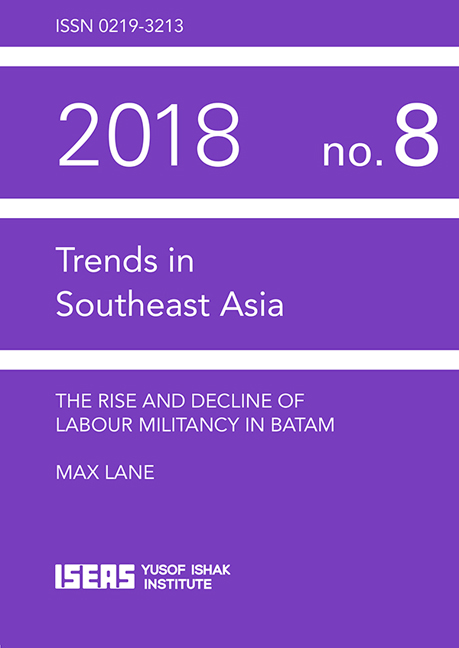
The Rise and Decline of Labour Militancy in Batam
-
- Published by:
- ISEAS–Yusof Ishak Institute
- Published online:
- 12 February 2019
- Print publication:
- 18 April 2018

The "Free and Open Indo-Pacific" and Implications for ASEAN
-
- Published by:
- ISEAS–Yusof Ishak Institute
- Published online:
- 12 February 2019
- Print publication:
- 26 August 2018
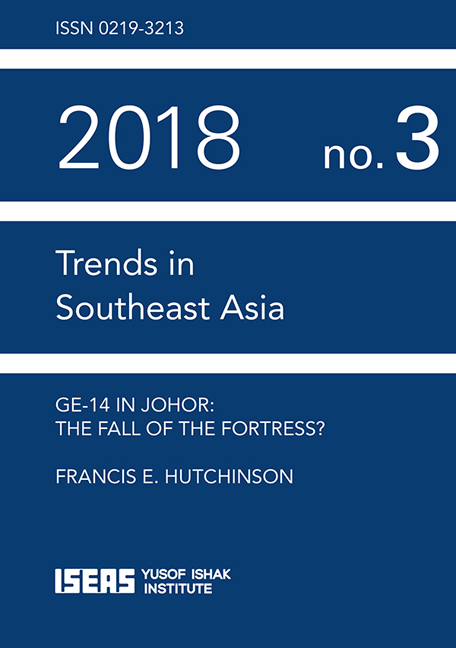
GE-14 in Johor
- The Fall of the Fortress?
-
- Published by:
- ISEAS–Yusof Ishak Institute
- Published online:
- 12 February 2019
- Print publication:
- 02 February 2018
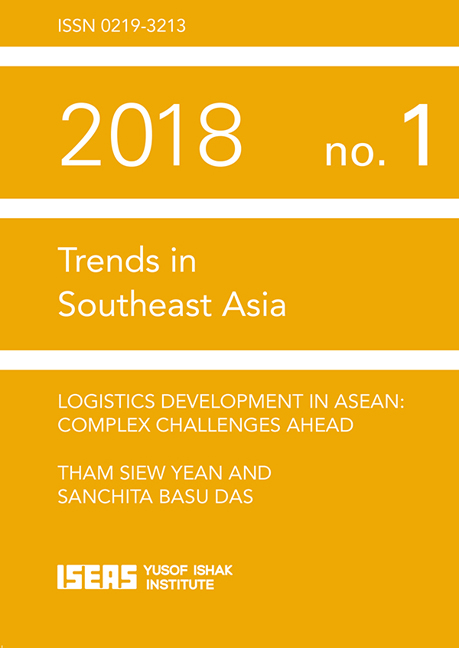
Logistics Development in ASEAN
- Complex Challenges Ahead
-
- Published by:
- ISEAS–Yusof Ishak Institute
- Published online:
- 12 February 2019
- Print publication:
- 16 January 2018
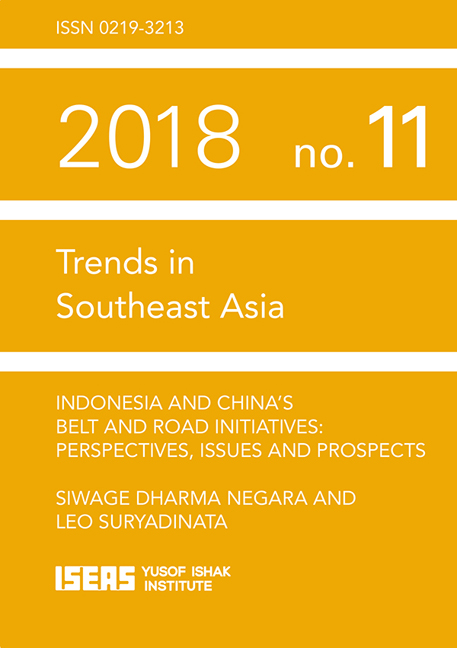
Indonesia and China's Belt and Road Initiatives
- Perspectives, Issues and Prospects
-
- Published by:
- ISEAS–Yusof Ishak Institute
- Published online:
- 12 February 2019
- Print publication:
- 18 June 2018
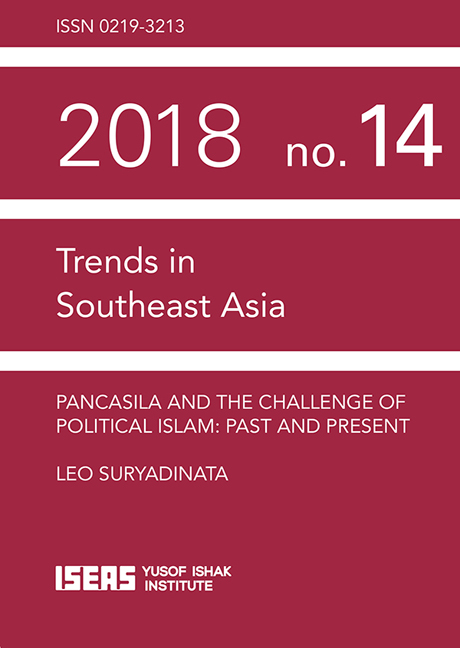
Pancasila and the Challenge of Political Islam
- Past and Present
-
- Published by:
- ISEAS–Yusof Ishak Institute
- Published online:
- 12 February 2019
- Print publication:
- 26 June 2018
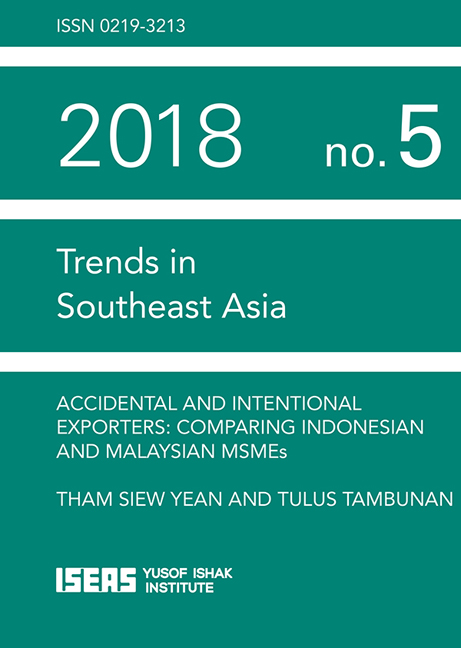
Accidental and Intentional Exporters
- Comparing Indonesian and Malaysian MSMEs
-
- Published by:
- ISEAS–Yusof Ishak Institute
- Published online:
- 12 February 2019
- Print publication:
- 06 March 2018
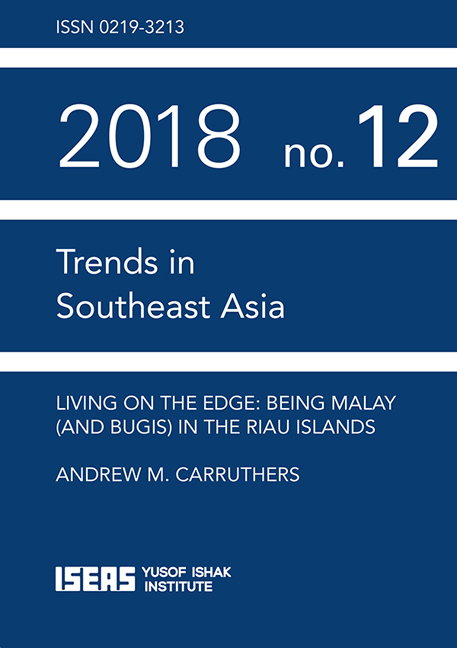
Living on the Edge
- Being Malay (and Bugis) in the Riau Islands
-
- Published by:
- ISEAS–Yusof Ishak Institute
- Published online:
- 12 February 2019
- Print publication:
- 27 June 2018
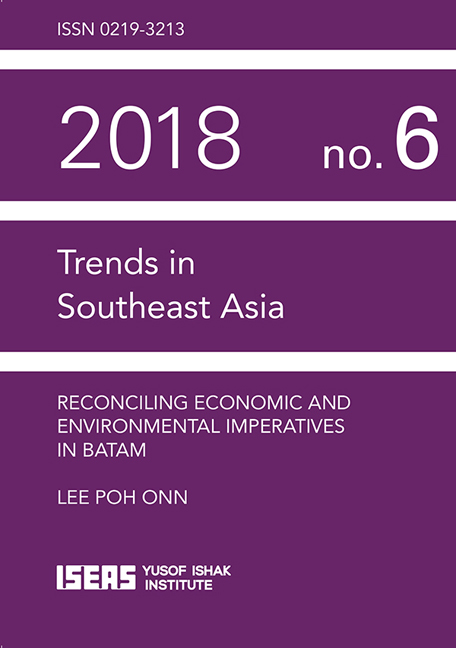
Reconciling Economic and Environmental Imperatives in Batam
-
- Published by:
- ISEAS–Yusof Ishak Institute
- Published online:
- 12 February 2019
- Print publication:
- 06 March 2018
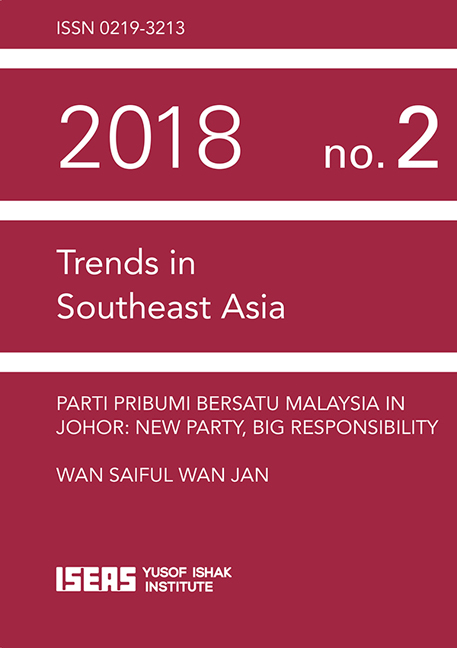
Parti Pribumi Bersatu Malaysia in Johor
- New Party, Big Responsibility
-
- Published by:
- ISEAS–Yusof Ishak Institute
- Published online:
- 12 February 2019
- Print publication:
- 16 January 2018

Malaysia's General Elections 2018
- Understanding the Rural Vote
-
- Published by:
- ISEAS–Yusof Ishak Institute
- Published online:
- 12 February 2019
- Print publication:
- 24 April 2018
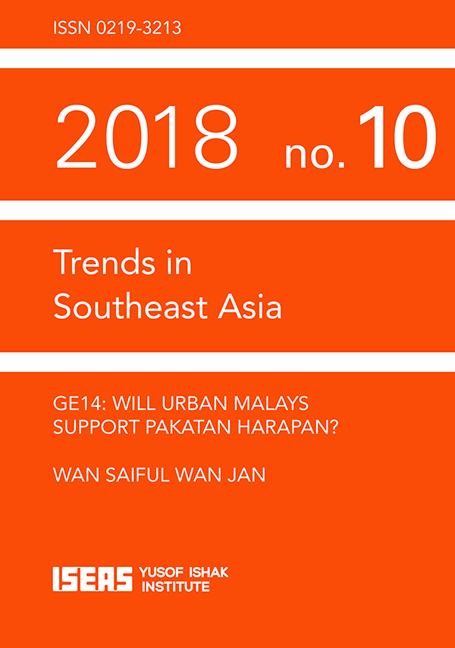
GE14
- Will Urban Malays Support Pakatan Harapan?
-
- Published by:
- ISEAS–Yusof Ishak Institute
- Published online:
- 12 February 2019
- Print publication:
- 24 April 2018

EduCity, Johor
- A Promising Project with Multiple Challenges to Overcome
-
- Published by:
- ISEAS–Yusof Ishak Institute
- Published online:
- 12 February 2019
- Print publication:
- 14 February 2018
